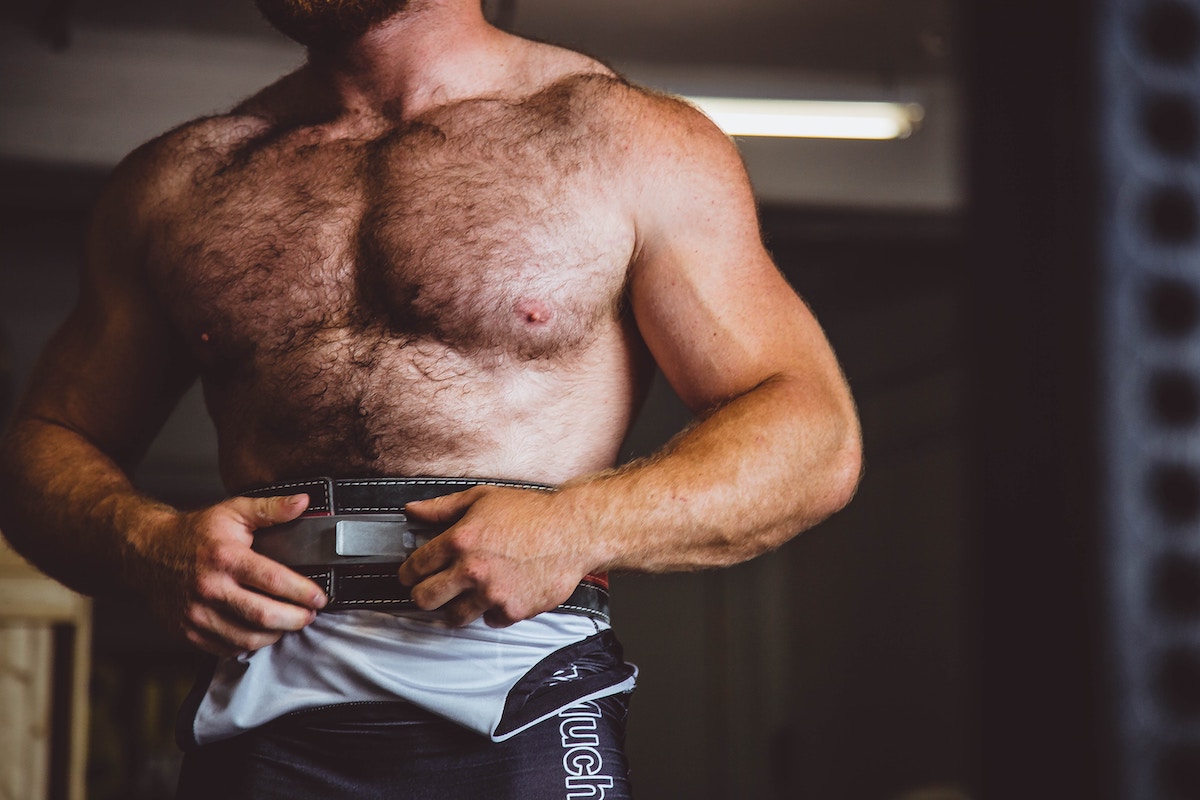
Searching for the best way to lose belly fat isn’t a vain quest. Though six-pack abs are considered an “aesthetic,” belly fat is about much more than appearance. According to the American Heart Association, even individuals with healthy body mass indexes (BMIs) have a higher chance of heart issues if they have too much belly fat. Excess fat around the abs can also reduce longevity, one review from 2020 found.
We don’t tell you all this information to scare you. Instead, this data can empower you to take action and control what you can do to lose belly fat and maybe tone your abs in the process. Core workouts are a popular solution for people trying to figure out how to lose belly fat.
Ab exercises alone won’t reduce excess midsection fat, but they are a good part of a healthy exercise routine. Which ones should you choose? From ab workouts that work the oblique muscle to classic crunches, these are the best exercises to tone the core and tame belly fat.

The best ab workouts to trim belly fat
The six-pack abs (rectus abdominis) take up a ton of real estate in fitness conversations. However, your midsection is so much more than those muscles. Other groups include the:
- Internal and external oblique muscles along your sides
- Transversus abdominis, or the deep “corset” muscles that wrap around the core
- Erector spinae located along the spine that aid in back mobility
You’ll want to engage the entire core for a trimmed and toned look. These exercises to lose belly fat will help you do just that.
Plank
Works: Internal and external oblique muscles, rectus abdominis, transversus abdominis, shoulders, chest, quads, and glutes
- Get in an all-fours position on your hands and knees with your wrists directly under your shoulders.
- Extend the legs behind you, keeping your toes on the floor to anchor you. You can modify this position by keeping your knees on the floor. Still, keep your hands under your wrists and spine straight.
- Keep your head relaxed and gaze down as you squeeze your abs, drawing your belly button toward your spine.
- Hold the plank for 10 to 60 seconds, depending on your experience level.
Bird dog
Works: Erector spinae, rectus abdominis, and glutes
- Get in an all-fours position. Your knees should be in line with your hips. Your wrists should be directly under your shoulders.
- Extend your right arm straight out in front of you and your left leg behind. Hips should remain square to the ground. Keep your back straight — no sagging.
- Hold for 5 seconds. Slowly return to start.
- Switch to the other side.
- Complicate 10 reps on either side for a total of 20 reps.
Crunch
Works: Rectus abdominis and internal and external oblique muscles
- Lie on your back on the floor or a mat.
- Bend your knees to create a 90-degree angle, keeping the feet flat on the floor and hip-width distance apart.
- Cross your arms in front of your chest (putting them behind your head can strain the neck).
- Engage the abs and pretend you’re using them to pull your shoulder blades off the floor. Keep your lower back and feet on the floor at all times.
- Return to the starting position.
- Do 5 sets of 10 reps. You can do more as you progress in your training.
Bear crawl
Works: Shoulders, chest, back, erector spinae, rectus abdominis, transversus abdominis, glutes, quads, and hamstrings
- Get in an all-fours position with your hands and shoulders and knees and hips aligned.
- Ensure your feet are hip-width distance apart as you engage the abs to lift the knees about a half-inch off the floor.
- Move forward by using the right hand and left leg to crawl. Then, switch sides, taking three steps.
- Do the same to move backward.
- Continue for 1 minute.
Dead bug
Works: Transverse abdominis, pelvic floor, and erector spinae
- Lie on your back on a mat with your hands extended overhead and legs extended on the floor.
- Lift your feet off the floor and bend your knees at a 90-degree angle.
- Reach your left arm backward and extend the right leg in front of you. The right arm and left leg should stay put. Keep the lower back on the floor.
- Return to the starting position.
- Switch sides.
- Aim for 5 reps on each side for a total of 10 reps. Do 3 to 5 sets.
Bicycle crunch
Works: Transverse abdominis, obliques, and rectus abdominis
- Lie flat on your back.
- Bend the knees at a 90-degree angle.
- Engage the core muscles by pulling your belly button toward your spine.
- Turn to the left, bringing your right elbow to your left knee.
- Switch sides and repeat for one rep.
- Do 10 to 20 reps 3 to 5 times.
Oblique heel touches
Works: Internal and external obliques
- Lie flat on your back with knees hip-width distance apart and bent at a 90-degree angle.
- Lift your head and shoulder blades off the floor (you can keep them down to modify).
- Reach for your left leg with your left fingertips.
- Quickly alternate sides.
- Repeat for 30 to 60 seconds. Do 3 to 5 times.

Are core exercises the best way to lose belly fat?
Core muscles alone will not tame belly fat. Cardiovascular activity like running, cycling, or brisk walking is also significant. Sleep and diet also play a role. Many dieticians and doctors recommend consuming a Mediterranean diet, which includes olive oil, omega-3 fatty acids like fish, leafy greens, legumes, and lean poultry. The CDC recommends adults log at least 7 hours of sleep per night, and stress management can also aid in belly fat reduction.
Finally, other factors, like genetics and age, may play a role in the amount of belly fat you have. Discuss your concerns with your doctor. While there are benefits to minimizing belly fat, the quest to get trimmed and tone isn’t a moral one.



